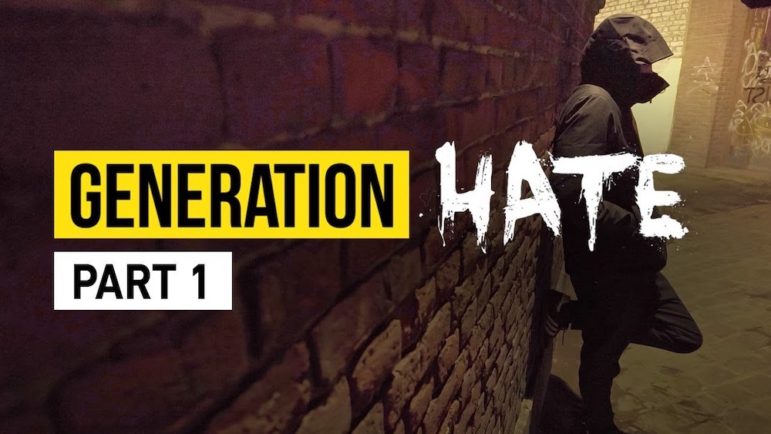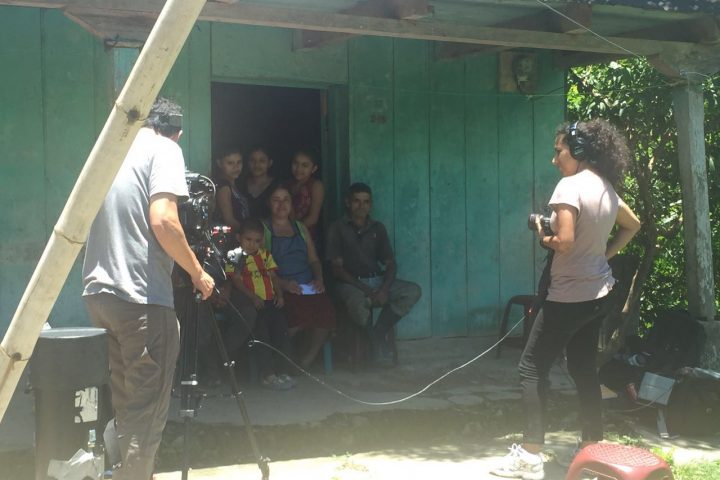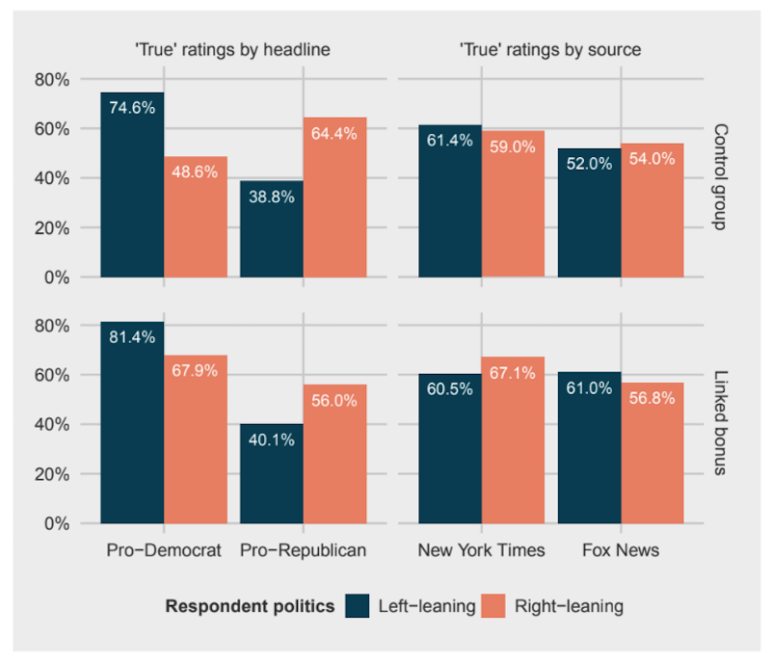
Case Studies
When a Picture Tells the Story: 9 Investigations That Used Satellite Imagery
Satellite imagery has become an indispensable tool in investigative journalism for fact-finding, gauging the impact of a particular situation and figuring out the exact details. Here’s a round-up of of some major stories which satellite imagery helped uncover.









